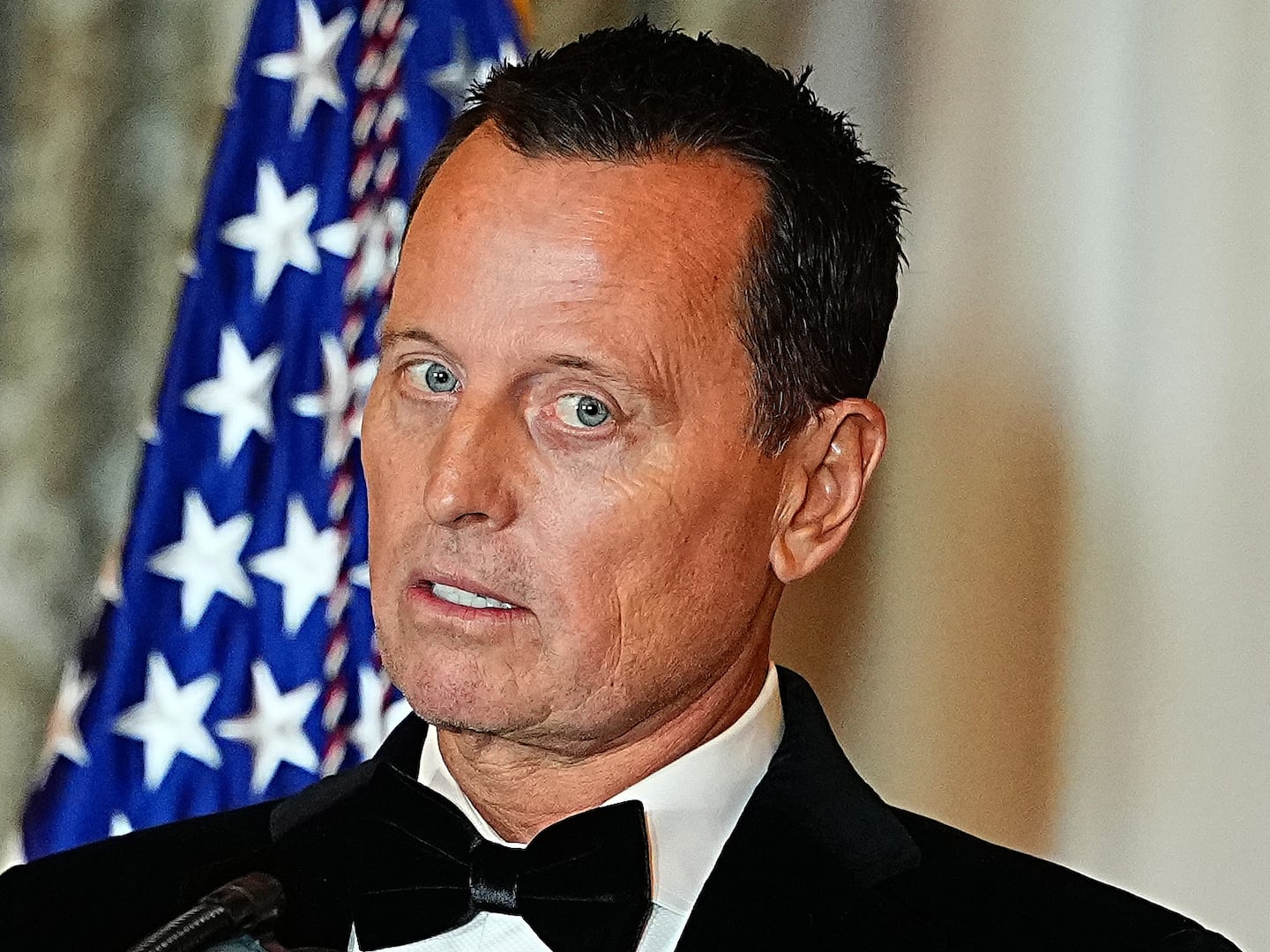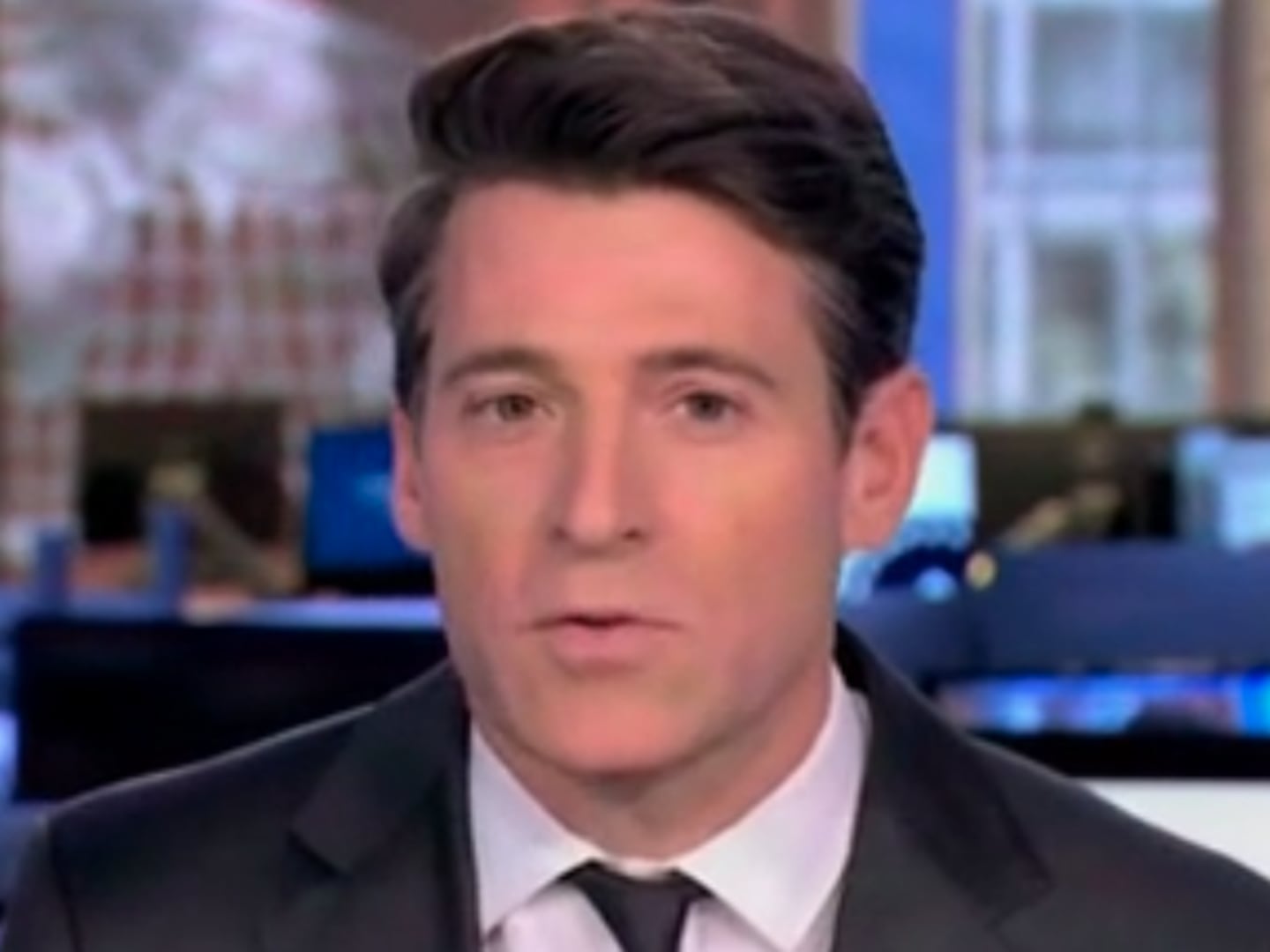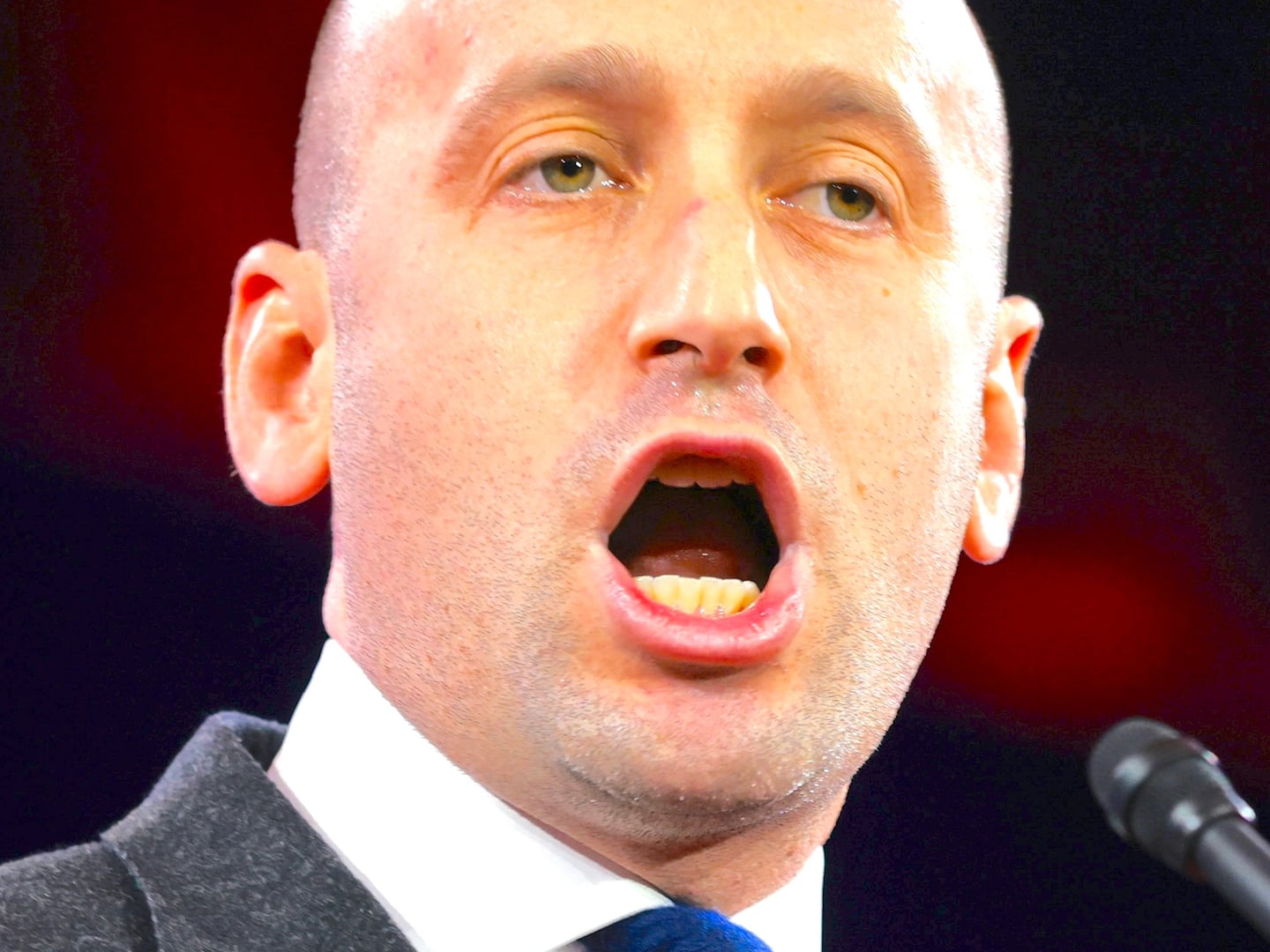The greatest concentration of American naval power in a decade is an accident of scheduling and navigation, according to the U.S. Navy.
But the coincidental convergence of three nuclear-powered aircraft carriers and their warplanes and escort ships on the Pacific Ocean in early November lends military heft to President Donald Trump’s escalating war of words with North Korea.
The carriers USS Ronald Reagan, USS Nimitz, and USS Theodore Roosevelt, plus their nearly 200 warplanes and roughly 20 escorting cruisers, destroyers, and submarines, are due to converge in the Western Pacific on Nov. 11 for a three-day war game.
The last time three American flattops met was in 2007.
“It is a rare opportunity to train with two aircraft carriers together, and even rarer to be able to train with three,” said Adm. Scott Swift, commander of the U.S. Pacific Fleet.
The Navy has 278 frontline ships. As of Nov. 6, 104 of them were deployed—67 of them in the Pacific.
The three-way war game coincides with Trump’s marathon tour of Asia, during which he continued his rhetorical attack on North Korea and its nuclear program. “Do not underestimate us and do not try us,” Trump warned Pyongyang during a Nov. 7 speech in South Korea.
The massive fleet steadily assembling in the adjacent ocean underscored Trump’s words. Even if, according to the Navy and experts, the flattop-meeting was mere coincidence. “This exercise is not about current events or other countries,” Cmdr. Clay Doss, a spokesperson for the Navy’s Pacific-based 7th Fleet, told The Daily Beast. “It’s just another example of the Navy’s regular and routine presence in the Western Pacific.
“All three aircraft carriers... are conducting routine deployments in multiple areas of operation that happened to converge in the Western Pacific,” Doss added. “This overlap is an opportunity to show a unique capability—one that no other navy has—to operate multiple carrier strike groups close to each other.”
The Navy knew as early as 2014 that three carriers’ deployments might overlap in the Pacific, according to Dr. Jerry Hendrix, a retired Navy officer and analyst at the Center for a New American Security in Washington, D.C. “We have seen this opportunity for a three-carrier exercise coming for three years given the fleet deployment schedule,” Hendrix told The Daily Beast.
Nimitz is returning home to the U.S. West Coast from launching air strikes on behalf of U.S. Central Command, or CENTCOM, in the Middle East. Roosevelt is sailing west to replace Nimitz. Reagan’s home port is in Japan.
“Every three years or so one West Coast carrier will relieve another West Coast carrier with the CENTCOM mission,” Hendrix explained. “That is what is happening here.”
But the happy accident of concentrated naval firepower is indicative of a fleet that’s working hard to send more carriers to sea. The Navy has 11 nuclear-powered aircraft carriers. Budget cuts, maintenance woes, and delays in building new ships have taxed the flattops’ ability to deploy in recent years.
The carriers aren’t the only ships with problems. This summer two Pacific-based destroyers collided with commercial vessels, killing 17 sailors. The Navy called the accidents “avoidable,” but experts pointed to training shortfalls and overlong deployments by a dwindling number of seaworthy ships and flyable planes. On Nov. 10, the sailing branch informed Congress that just a third of its F/A-18 fighters are ready for combat.
The Trump administration added billions of dollars for maintenance and training to the Navy’s budget for 2018, and the fleet is slowly regaining its strength. For a brief period in early November, seven of the carriers were underway at the same time—a feat the fleet last pulled off in 2004, in the wake of the Navy’s massive surge of forces into the Middle East for the invasion of Iraq.
The large number of carriers away from port is “a sign that the fleet, at least the carriers, are getting healthy again,” Hendrix said.
But there’s risk in surging the fleet before it’s at full health. In September, Navy Secretary Richard V. Spencer told reporters that the sailing branch should learn how to say “no, we can’t” when regional commanders request frontline patrols by ships and planes that are in poor repair and crews that are inadequately trained.
The Navy insisted the three carriers converging on the Western Pacific are ready to fight, which could become necessary if Trump’s war of words turns into an actual shooting war. The three-carrier war game “does not overextend forces that were already transiting the region on routine deployments,” Doss said.






